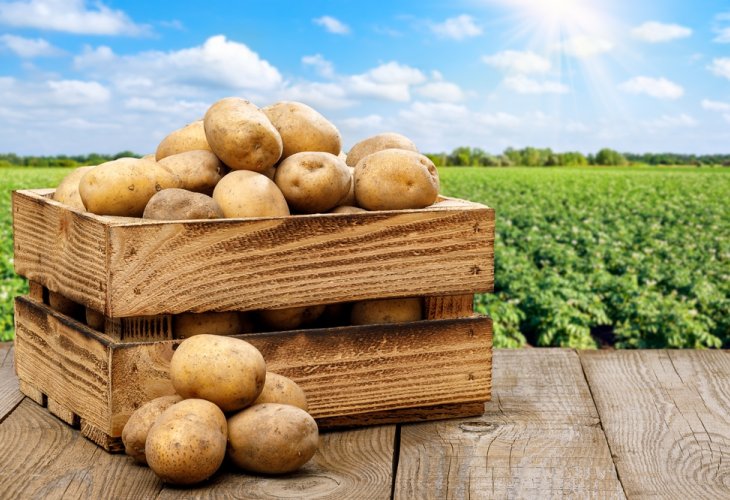Unlocking the Power of Potatoes: The Right Way to Enjoy Them
Discover the healthiest way to eat potatoes, which part is toxic, and the best storage tips.
 (Photo: shutterstock)
(Photo: shutterstock)They might have a bad reputation, but most of us love eating potatoes.
Botanically speaking, a potato is a tuber, not a fruit. In fact, potatoes are made primarily of starch. Most of the nutrients are in the skin, which is often peeled away and discarded.
When peeled, potatoes are relatively low in nutrients compared to other vegetables. A potato cooked with its skin, however, contains vitamin C, vitamin B6, magnesium, and a significant amount of potassium.
It's beneficial to consume potatoes after creating "resistant starch" – this reduces the glycemic response, meaning it doesn’t spike blood sugar sharply. To create resistant starch, cook the potatoes and cool them in the fridge, then allow them to reach room temperature before eating. This reduces their sugar content.
It's important to pair potatoes with a little fat or protein, preferably plant-based, to help moderate blood sugar spikes.
Be aware that when potatoes are exposed to light, they start to sprout and develop a green hue – chlorophyll, which they use for growth. This results in an increase of a substance called solanine. Solanine fortifies plants against insects and diseases and is present in immature potatoes. For animals and humans, solanine is toxic.
Solanine can cause various symptoms such as stomach pains and headaches, increase inflammation in the body, and be particularly harmful to those with arthritis.
To prevent potatoes from sprouting, it's recommended to store them in a dark, ventilated place.
High-temperature frying or roasting induces a chemical reaction that produces a toxic and harmful substance known as acrylamide, which also forms during prolonged cooking. Refrigerating potatoes leads to a chemical reaction when fried shortly after removal from the fridge. Thus, it's not advisable to store potatoes in the fridge before cooking.
The preferred method is boiling potatoes in their skins in water, where the temperature does not exceed 100 degrees Celsius, preventing harmful chemical reactions. Baking them afterward is also a good option. It's recommended to wrap the tray tightly to prevent direct heat contact with the potatoes.
Zohara Sharvit is an N.D. naturopath and iridology specialist, with years of experience in therapy, consulting, and workshop facilitation. To book a complimentary workshop, call 073-2221290

